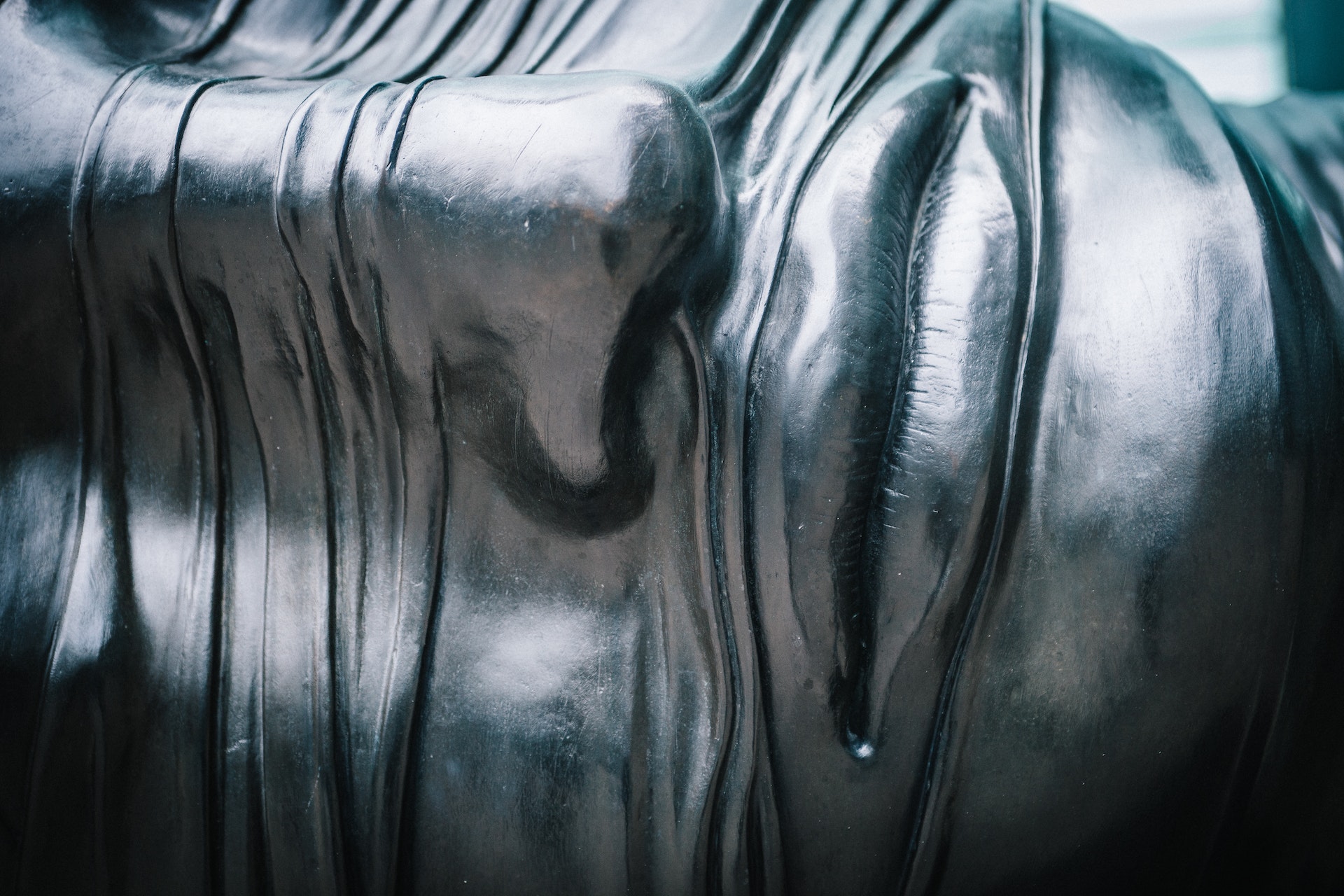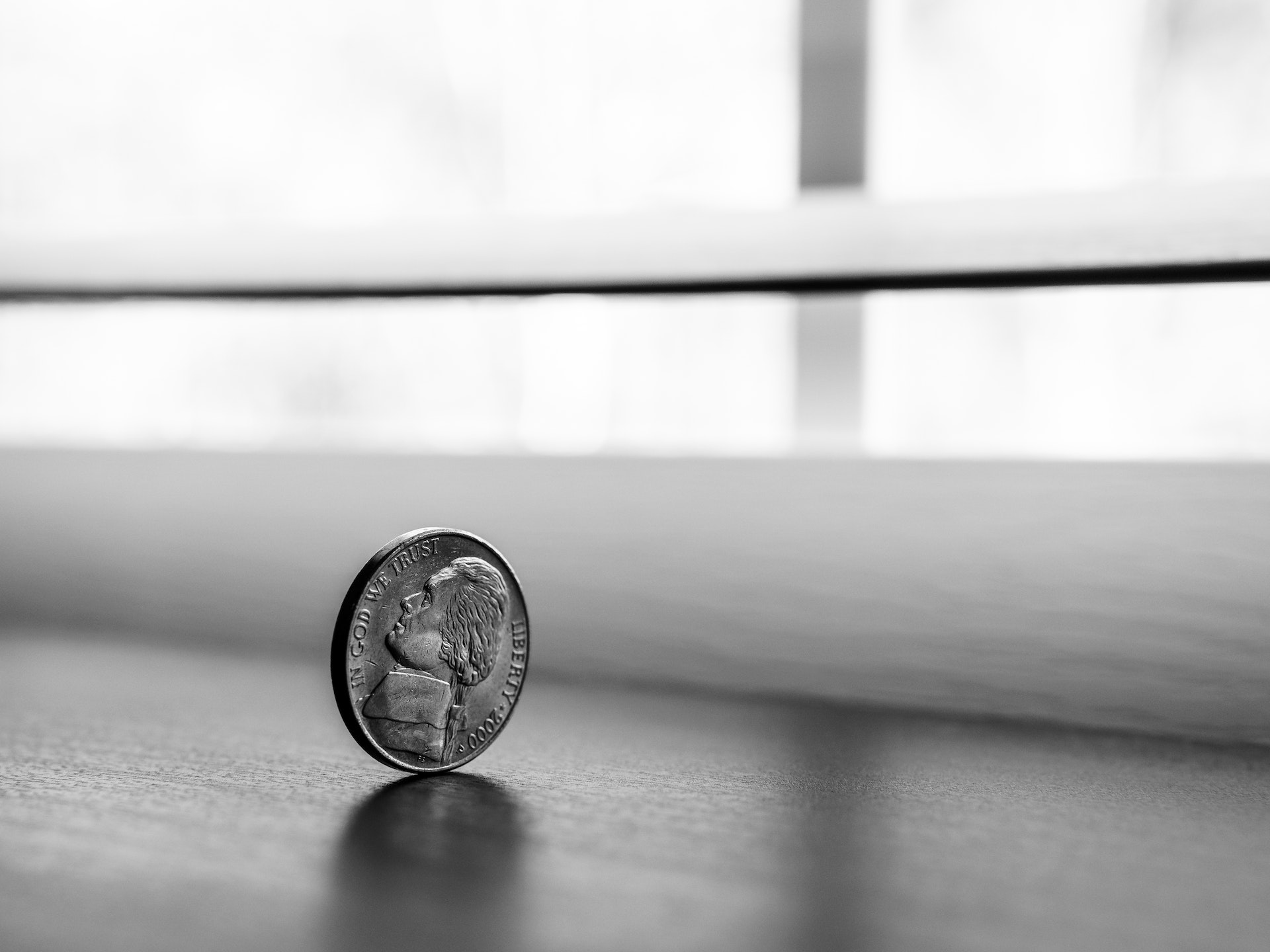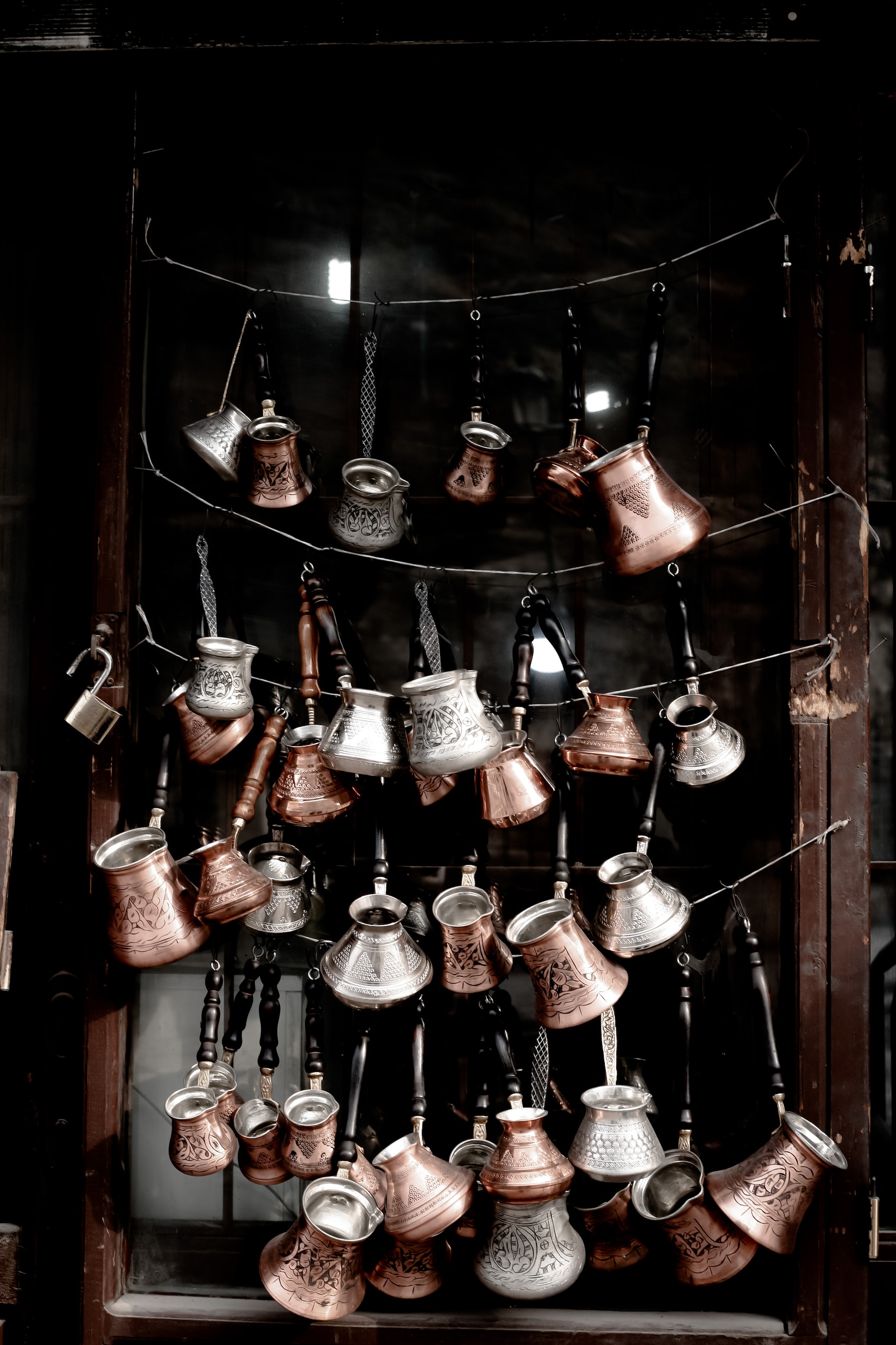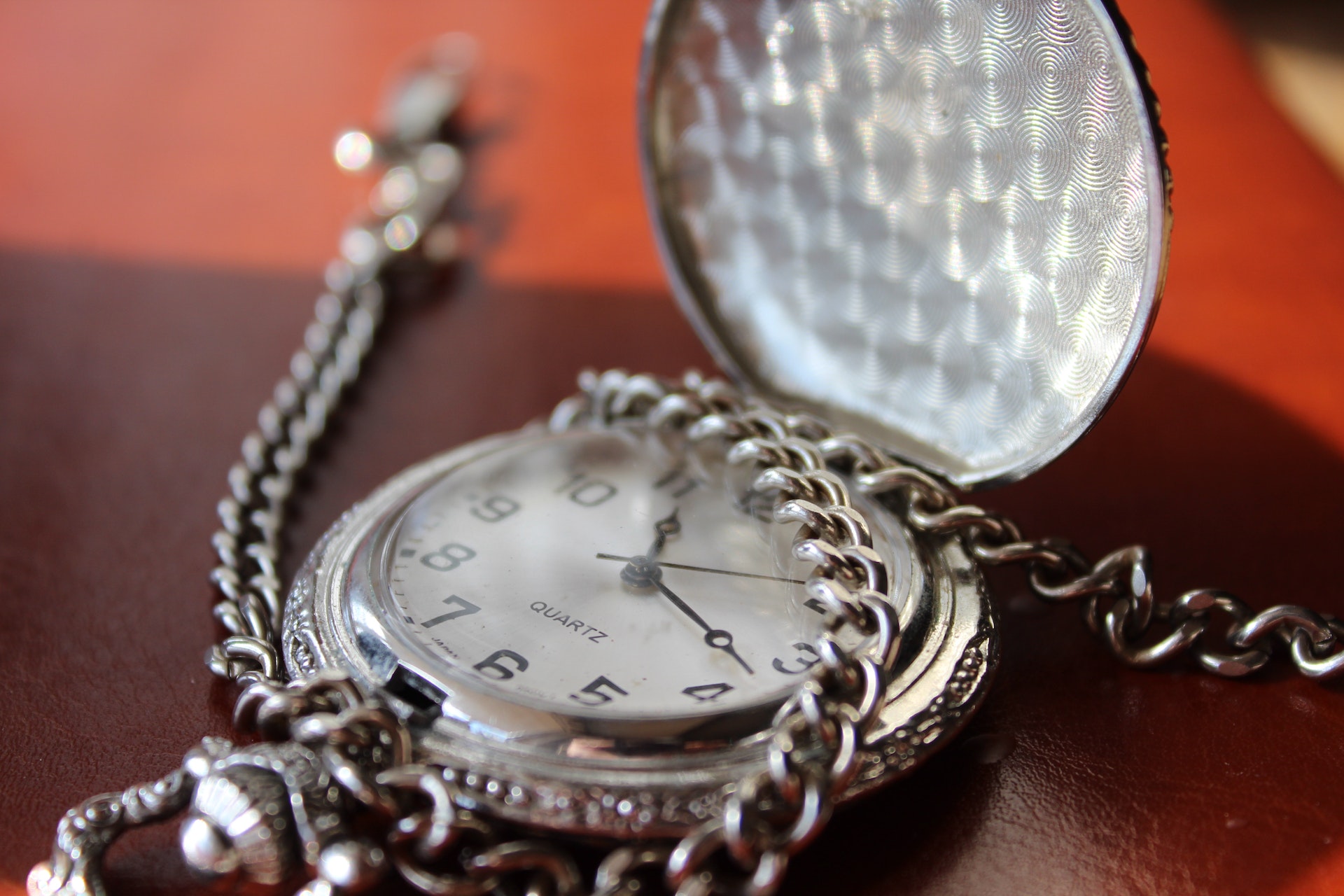
Materials science 4: Silver
Properties and Facts About Manufacturing
Gold or silver? Opinions differ on this question. Or rather, tastes do. While some prefer gold jewelry, others adorn themselves with silver rings, necklaces, and earrings. Silver not only plays a significant role in the world of jewelry but also in medicine, electronics, photography, and even space travel. It is a versatile material that technically belongs to the transition metals. For us, this is reason enough to dedicate a blog post to this multi-talented material. Below, we reveal the most important properties of silver and have gathered fascinating facts about its manufacture and use.
A Material with a Long History
Silver belongs to the transition and noble metals and occurs naturally in a pure, elemental form. It is often found as silver grains or nuggets, silver in the form of thin plates or sheets, and as branched silver networks or wires. Additionally, the transition metal is primarily found in sulfide minerals.
The word “silver” originates from the Old High German term “silbar” or “silabar,” which in turn derives from the Germanic root “silubra.” Various theories circulate about the etymology, so it remains unclear when and where the term first appeared.
The fact is:
Silver has been processed by humanity since around the 5th millennium BC. For example, the Assyrians, Goths, Romans, Egyptians, and Germans used it. It is also documented that the Phoenicians stored water, wine, and vinegar in silver bottles to protect the liquids from bacteria. Additionally, we know that the Greeks operated mines in Laurion, about 50 kilometers south of Athens.
In the Middle Ages and the early modern period, silver ore deposits in Central Europe came into focus – in Germany, the Czech Republic, Slovakia, and Norway. The largest silver producer in the Middle Ages was the region of Schwaz in Tyrol. With the discovery of the Americas, a lot of silver from Latin America gradually spread to other continents. This development is still linguistically embedded in the country name "Argentina" to this day.
The South American country owes its name to the Spanish adjective “argentino,” which means “silvery.” This word, in turn, is derived from the Latin “argentum.” Silver was also used as a currency for a long time – hence the words “silver” and “money” are identical in 14 languages to this day. For example, King Henry II minted England's first silver currency in 1158.
Silver: About the Manufacturing
Today, 20 percent of silver is extracted from silver ores, with the most significant deposits now found in Mexico, the USA, Canada, Peru, Bolivia, as well as Russia and Australia. A cyanide leaching process using a sodium cyanide solution is employed to dissolve the silver.
Oxygen also plays an important role in this silver extraction process – good ventilation is therefore essential. Another method of obtaining silver is from lead or copper ores. The Moebius process is used during refining, whereby raw silver is purified electrolytically.

An Noble Metal with Diverse Properties
When it comes to properties, silver is truly a jack-of-all-trades. It is the most reflective element and, alongside gold, the most malleable metal.
From one ounce of silver, nearly 2,500 meters of wire can be produced. Silver remains stable in oxygen and water. However, it tarnishes when exposed to ozone, hydrogen sulfide, or sulfur-containing air. Chemically pure silver, also known as fine silver, is available commercially but is usually too soft for most applications.
Therefore, it is alloyed with other materials. Sterling silver, for instance, contains 92.5 percent silver and 7.5 percent other metals, mostly copper. Additionally, silver has the highest electrical conductivity of all elements in its unmodified state and the highest thermal conductivity of all metals.

Diverse Uses
All these various properties of the precious metal have led to its use in diverse areas. For instance, silver compounds were used during World War I to curb the spread of infections in war zones. Dental fillings used to sometimes contain silver as well.
In alternative medicine, it was used to treat colds or flu viruses. One reason for its high medical significance is that bacteria cannot develop resistance to the precious metal.
But it’s not just the medical field that benefits from this substance; silver is now also used in solar panels, electrical circuits, batteries, as well as in photography and space travel. And, of course, the jewelry world can no longer live without this precious metal. With us, it forms a harmonious combination with our main elements, sapphires and rubies.
This creates unique jewelry pieces that are not only durable but also carry elements of deceased loved ones.

